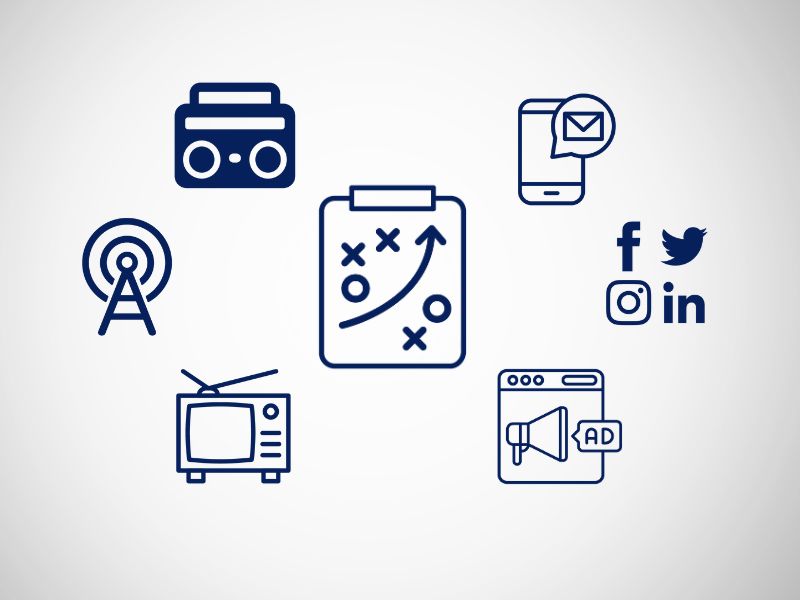
Audio Branding Creates Sonic Boom: 5 Elements of an Audio Brand

When people hear audio branding, they most often think of jingles – those magical musical earworms that burrow into your brain and never leave. It’s no wonder. Brand jingles have been around since the early days of advertising. One of the earliest on record was created in 1926 when a barbershop quartet sang the praises of Wheaties cereal on the radio.
The jingle has remained a strong brand element throughout the decades, and for good reason. Chances are you know that Bologna’s first name is spelled O-S-C-A-R. Or the answer to “The best part of waking up.” Hint: It’s Folgers in your cup. And if someone says, Give me a break!” You’re likely to immediately sing “break me off a piece of that Kit Kat bar.”
But today’s audio branding is much more sophisticated than a catchy brand ditty. Successful agencies and marketers have studied the science & art of creating branded audio elements. That enables us to develop an overall sonic strategy with many different sonic elements that all work together to strengthen the emotional bond with a brand.
5 Elements of an Audio Brand
1. Sonic Logo – A key element of the overall sound identity, a sonic logo is a short, memorable sound often played in conjunction with the brand logo to convey an emotion or feeling about the brand. It can be instrumental, sung or spoken. Also called an audible brand mark, audio mnemonic or “mogo.”
2. Jingle – The most familiar audio brand element, a jingle is a melodic piece of music, usually with lyrics that include the brand name or advertising slogan. Once a jingle becomes ingrained in the consumer’s mind, it can also be used as a soundtrack for the brand without lyrics.
3. Brand Voice – Not to be confused with the brand tone, this is an actual announcer whose voice can become associated with the brand itself, sometimes called a spokesperson.
4. Product Sounds – Naturally occurring sounds or noises that are specifically designed to mimic an aspect of the product or brand, such the fizz of a soft drink being poured, a beer can being opened, or the crunch of a crisp potato chip.
5. UX/UI Sounds – User Experience and User Interface sounds such as notification and interaction sounds triggered by human activity with technology such as a cell phone, computer, cash register or credit card reader.
More brands are seeing the value of a fully integrated sonic strategy. Statistics show that 139 out of 250 leading brands now use a sonic logo. Making it more important than ever that your brand is heard as well as seen.



.jpg)
